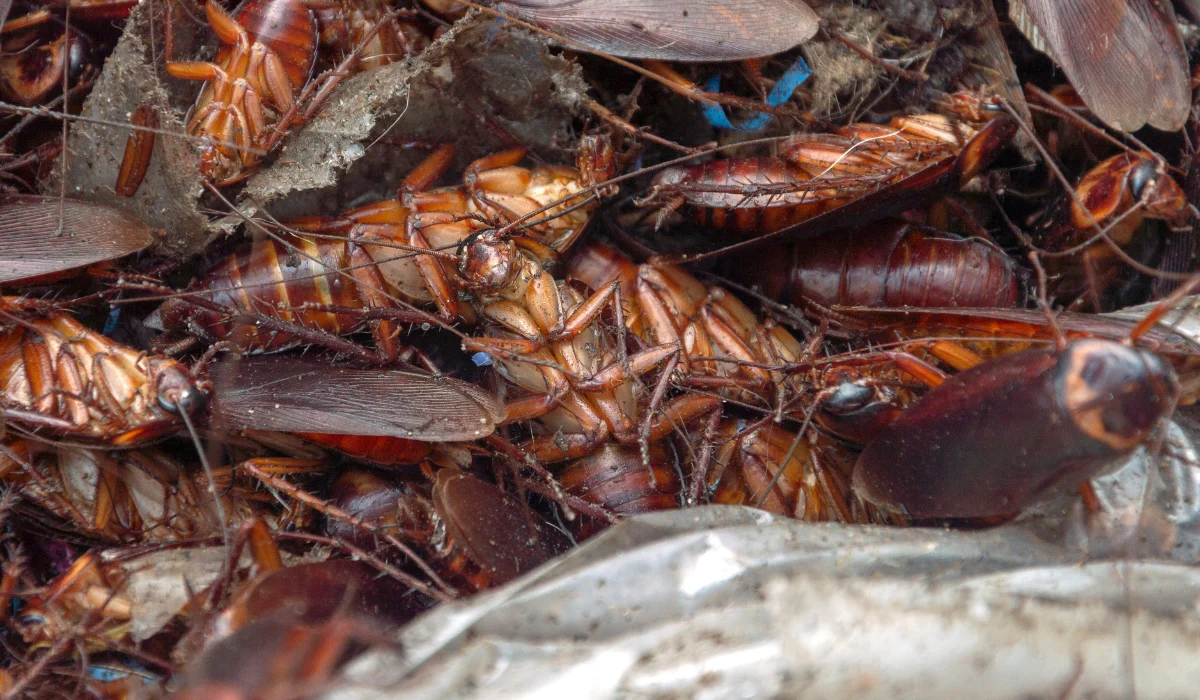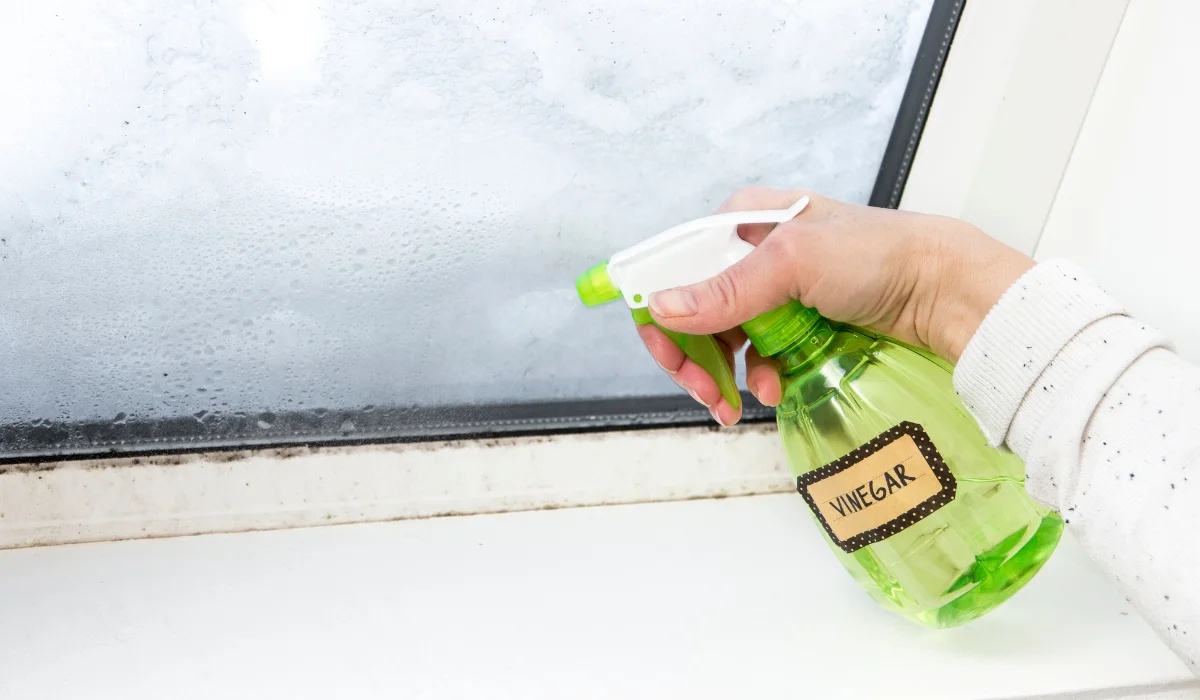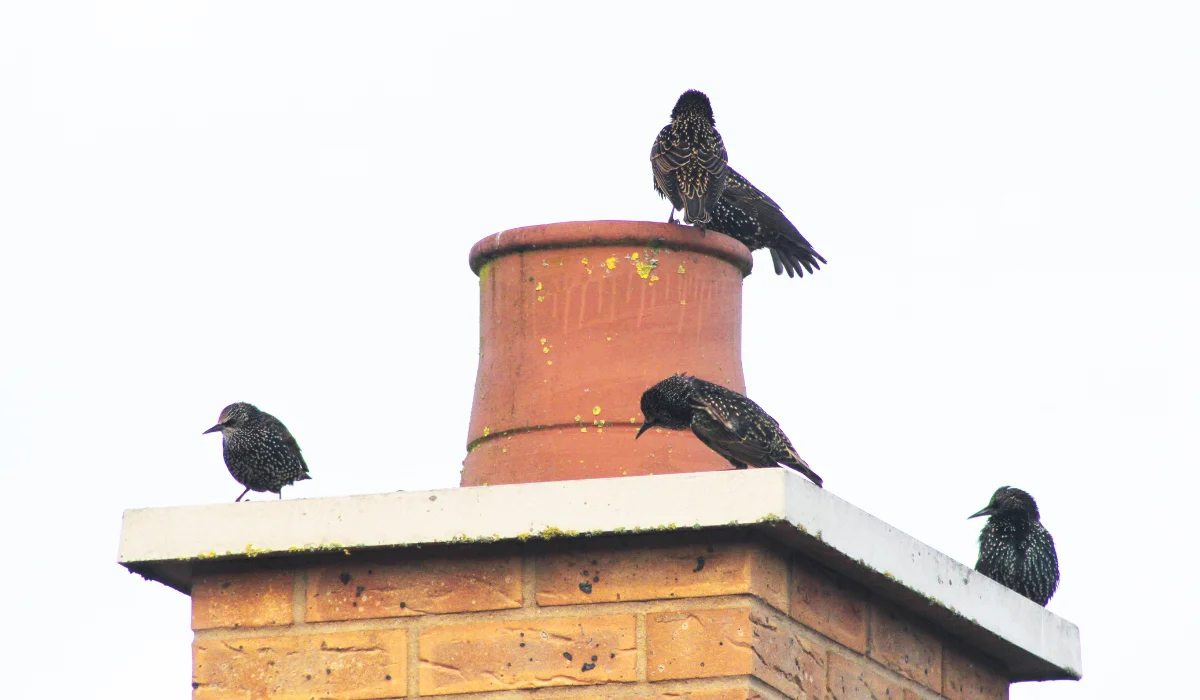If you’ve spent any time outside in Louisiana—especially near the water or in the wetlands—you’ve likely crossed paths with a garter snake. These reptiles are among the most common snakes slithering through the state.
While they may look intimidating to some, most garter snakes are harmless. They do some good by keeping pest populations like insects and amphibians in check.
In this article, we’ll break down the different garter snake species found in Louisiana, where they live, what they eat, and how to keep them away from your property.
Key Takeaways
• Garter snakes in Louisiana include several types that live near water, feed on small prey, and avoid people.
• These snakes are not dangerous but are often confused with venomous types like copperheads, cottonmouths, or rattlesnakes.
• Snakes can be kept away by reducing standing water, cleaning up yards, sealing gaps, and removing food sources.
• Wildlife control professionals can offer fast, local help if you see a snake or want to prevent them from around your home.
Common Garter Snake Species in Louisiana
Not all garter snakes in Louisiana are the same. There are a few different species and subspecies that call this state home, each with its own look and habits.
Here’s a quick rundown of the ones you’re most likely to see:
Common Garter Snake
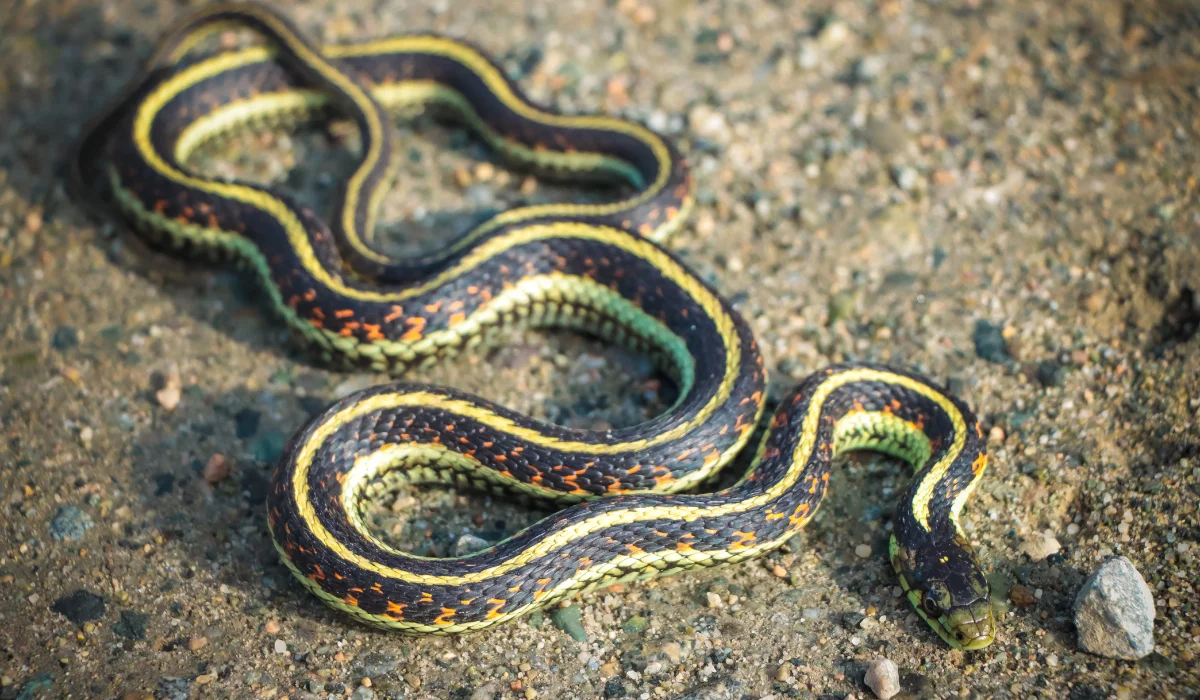
This North American snake is easily recognized by its dark body and three bright yellow stripes. It prefers freshwater habitats like ponds, slow-moving streams, and drainage ditches, common across the Atchafalaya Basin and the Florida Parishes.
This snake preys on amphibians, insects, and even small fish.
Despite its resemblance to more dangerous species like the cottonmouth or even a young rattlesnake, the common garter snake is nonvenomous and generally shy.
Eastern Garter Snake
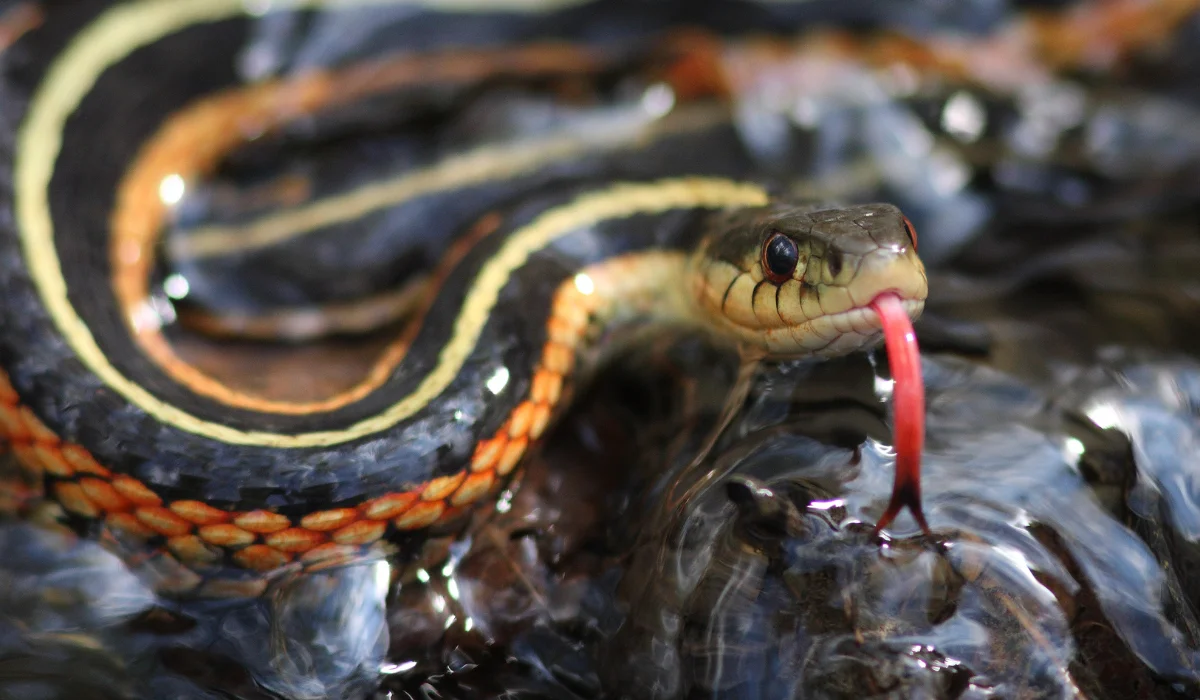
The eastern garter snake (Thamnophis sirtalis sirtalis) is a subspecies of the common garter snake (Thamnophis sirtalis). While they share many traits, the eastern garter often shows slight differences in color or pattern depending on its habitat.
Found in both urban and rural parts of Louisiana, especially around Baton Rouge, this snake species adapts well to varied conditions.
You’ll likely spot it hunting frogs or small reptiles near wetlands or hiding under piles of brush.
Western Ribbon Snake
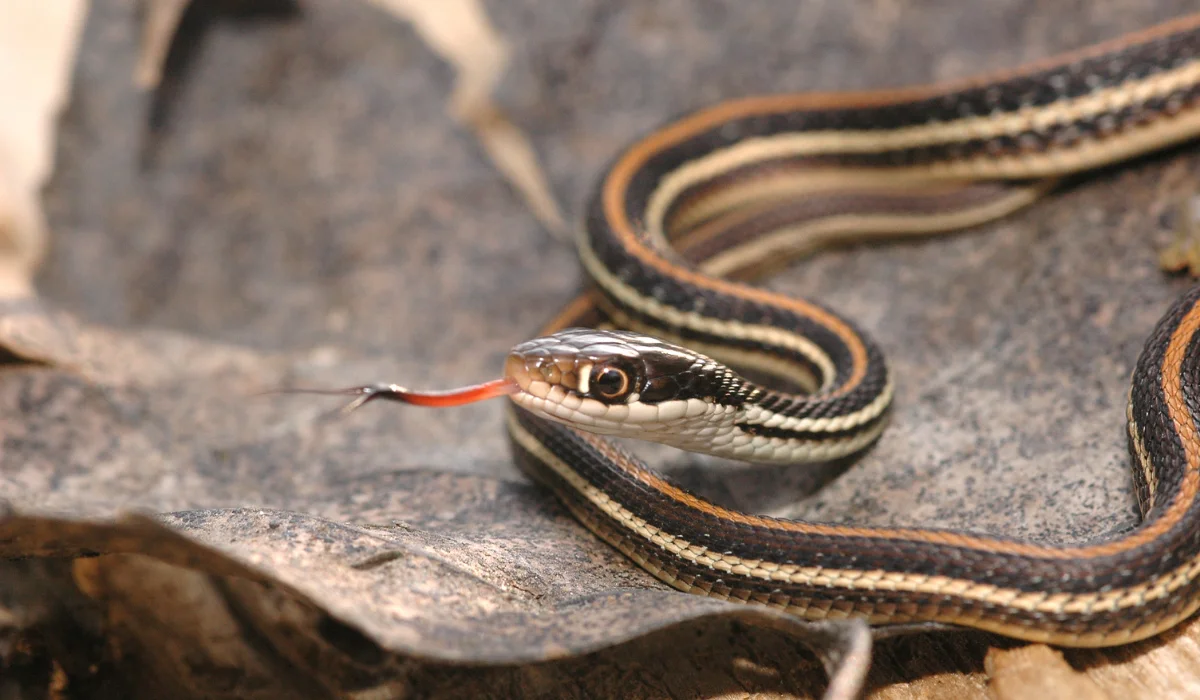
Found frequently along bayous and marshy areas of South Louisiana, the western ribbon snake is part of the garter snake family.
It has a slimmer build and more vibrant coloring, often with yellow stripes running along its black or brown body. It’s a quick mover and relies heavily on frogs and tadpoles for food.
In some parts of Texas and Louisiana, it’s mistaken for water snakes or racers due to their speed and love for water.
Eastern Ribbon Snake
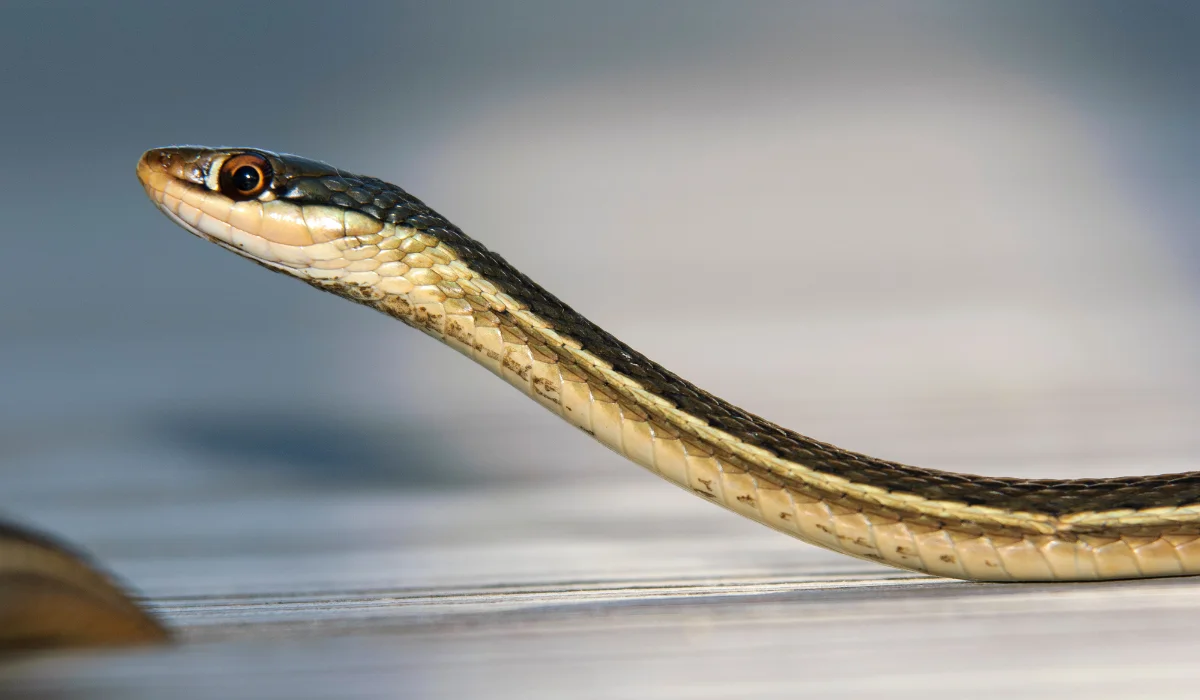
Another fast-moving garter snake, the eastern ribbon snake, is most often seen in wetlands, especially near freshwater sources where frogs are plentiful. Like the western ribbon snake, it’s nonvenomous and avoids humans when possible.
You might spot one in the Gulf Coast region basking on a sunny log or darting through tall grass.
How to Prevent Garter Snakes Around Your Louisiana Property
If you’d rather not have garter snakes showing up around your home, there are a few practical things you can do to make your property less inviting.
Here’s how you can keep them away without overthinking it:
Eliminate Standing Water
Garter snakes and other water snakes are drawn to standing water.
Ponds, fountains, or clogged gutters are all attractive sources. Homeowners in low-lying areas like the Atchafalaya Basin should be especially mindful of this.
Cut Back Vegetation
Untrimmed grass, overgrown shrubs, and brush piles create perfect hiding spots not just for garter snakes but also for rat snakes, Dekay’s brownsnakes, and other common snakes.
Keeping a clean yard helps discourage any type of snake from making a home nearby.
Secure Food Sources
Garter snakes feed on small prey like amphibians and rodents. If you have a pest issue, it could also be attracting these snakes.
LaJaunie’s offers pest control plans that help limit food sources for both snakes and other unwanted guests.
Seal Entry Points
Some garter snakes, especially in rural areas near fields or forests, may find their way into sheds, garages, or crawlspaces. Using a field guide or an app like iNaturalist can help you identify the type of snake you’re dealing with.
But sealing up cracks and gaps is a smart move either way.
Garter Snake Safety Tips in Louisiana
If you spot a garter snake in your yard, there’s no need to panic. Here’s what you should do instead:
Don’t Panic
Unlike venomous snakes like copperheads or cottonmouths, garter snakes pose no real threat. Most are nonvenomous and will retreat if they see you first.
Avoid Handling
Even though these snakes are relatively safe, many people confuse them with more dangerous types like rattlesnakes or kingsnakes.
It’s best to leave handling to professionals.
Wear Protective Clothing
If you’re walking through tall grass or working near water, especially in areas known for snake sightings, wear boots and long pants.
This is good advice, not just for garter snakes but for any reptile you might encounter.
Call for Professional Help
Sometimes it’s hard to tell a harmless garden snake from something more serious. If you’re unsure or if you’ve had repeated sightings, reach out to a local pest control expert.
In places like Baton Rouge and Thibodaux, that means calling LaJaunie’s Pest Control. We seal entry points and remove things that attract snakes. We also offer same-day service with a guarantee.
Get in touch with us today and let’s make your home a no-snake zone.
 By: LaJaunie's Pest Control
By: LaJaunie's Pest Control 

